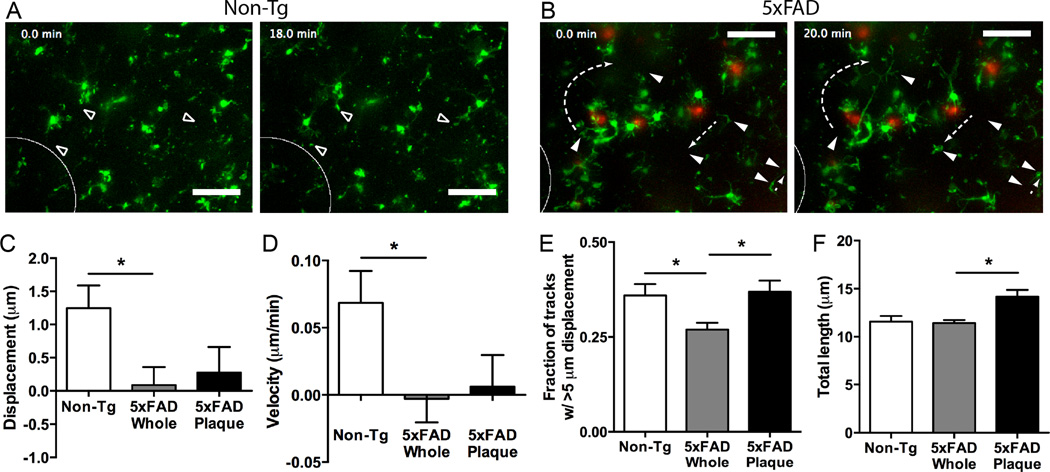Figure 3. Microglial response to injury in 5xFAD and non-Tg mice.
Brain slices from 5xFAD:mg-GFP and non-Tg mice were prepared and imaged as described above. To assess microglial response to injury, a thin rod was lowered into the slice to generate tissue damage (white ellipse shows site of rod insertion). A, B. Representative slices showing response to injury. Microglia from non-Tg mice extend processes to the site of injury (open arrowheads) (A), but microglia from 5xFAD mice do not (B). Microglia are shown in green and Methoxy-X04-positive plaques are shown in red. Occasionally, microglia in 5xFAD mice (but not WT mice) showed unexpected movements and cell body displacement (filled arrowheads). Dashed arrows show unexpected process or cell body movement for a subset of cells. Scale bar: 25 µm. C-F. Microglial motion was analyzed by automatically tracking objects (microglial processes) larger than 2 µm with Imaris software to quantify process displacement (C), velocity (D), fraction of objects moving more than 5 µm (E), and total length of movement (F). To study plaque-associated microglia (5xFAD Plaque), a region of interest containing only a plaque and the microglia immediately surrounding it was compared to the motion of all microglia in the recording. Overall, microglia in 5xFAD mice show a significantly reduced displacement and velocity in the direction of the injury and fraction of tracks with long displacement. Plaque-associated microglia do not show different displacement and velocity in the direction of injury. However, they display significantly increased number of processes moving more than 5 µm (E) and total length of movement (F), suggesting random movement that is not directed to the injury. N = 16 slices for Non-Tg and 18 for 5xFAD (Whole and Plaque) mice. Statistics: one-way ANOVA and Dunnett’s post hoc test compared to 5xFAD Whole; *, p < 0.05.

